We all know that Italy is full of fascinating churches with remarkable histories, and this one isn’t any different.
The Santa Maria delle Grazie in Milan, of whose design is partially attributed to Donato Bramante, has a lot of stories to tell as well
In this post, we’ll take a closer look at 10 interesting facts about this amazing church in Milan.
1. It was commissioned by the Duke of Milan in the early 1460s
The church of Santa Maria delle Grazie, which translates to “Holy Mary of Grace,” was commissioned in the early 1460s by the Duke of Milan named Francesco I Sforza. This is the man who founded the Sforza Dynasty after acquiring the Duchy of Milan in 1450.
The core structure of the church solely consisted of the nave which was constructed in the Gothic architectural style between 1463 and 1469 and designed by local architect Guiniforte Solari.

2. The building also served as a Dominican Convent
Even though the Duke of Milan commissioned a church, the building had a dual purpose because it also consisted of a Dominican Convent.
There also was an original structure on the site, a chapel dedicated to St Mary of the Graces, which is why the church was dedicated to the Holy Mary of Grace as well.
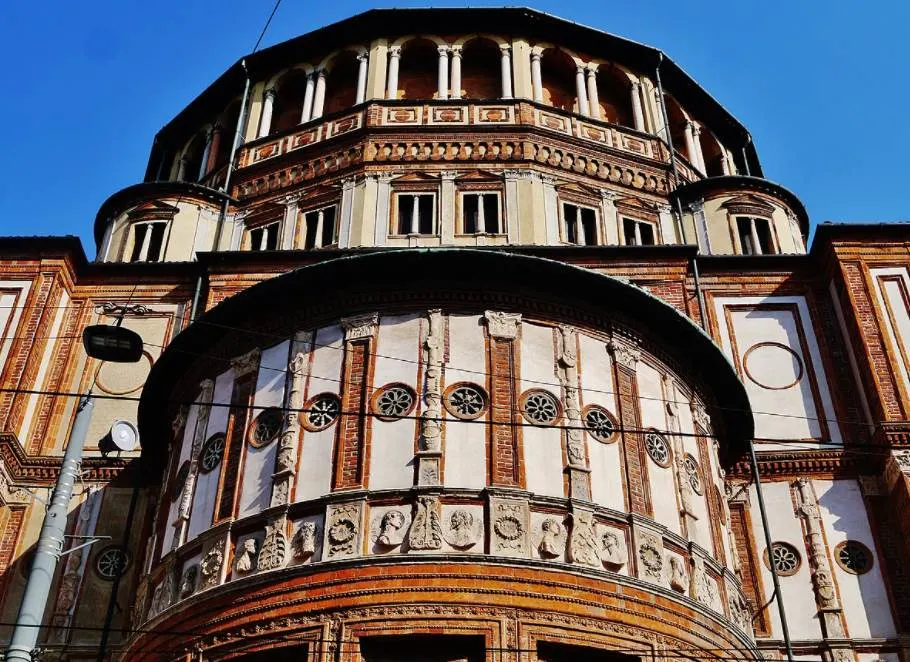
3. Another Duke completely changed the purpose of the church
One of the most remarkable facts about this church is that it was seriously expanded during the 1490s after Duke Ludovico Sforza, nicknamed “Il Moro,” had decided to completely change its purpose.
The church was supposed to become the Sforza family burial site, even though this never really happened. Only his wife Beatrice d’Este was buried in the church before her tomb was moved to the Certosa di Pavia monastery. “Il Moro” is buried beside her in the same location.
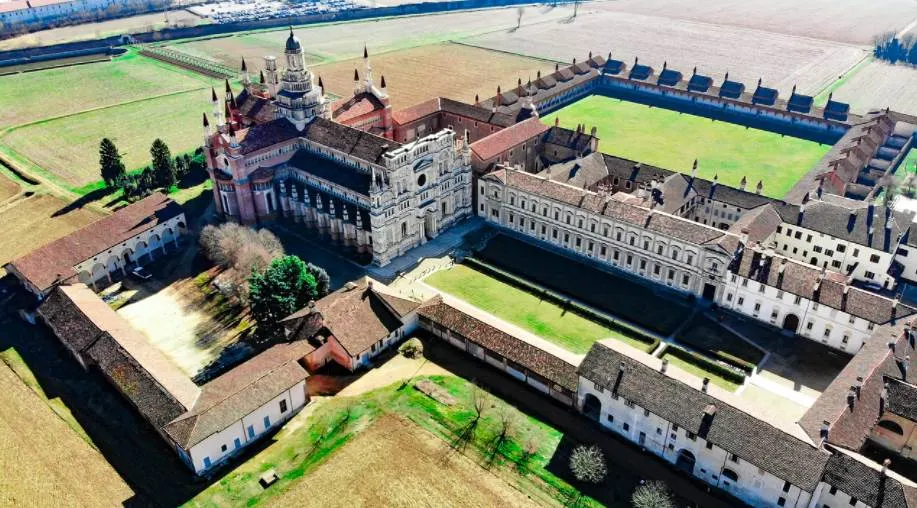
4. Part of the church is credited to a famous Renaissance architect

Because he decided that it should serve as the Sforza family burial site, he hired one of the most renowned architects at the time, Donato Bramante, the man who single-handedly brought Renaissance architecture to Milan.
Bramante, considered to be one of the absolute masters of the Renaissance, was also the man who later completed the Tempietto in Rome and who subsequently based the design of the biggest church in the world on this remarkable little temple.
Bramante is credited with the addition of large semi-circular apses, a magnificent drum-shaped dome surrounded by columns (pretty much his trademark), and additional buildings which include the cloister and refectory.
The result of these additions, which were completed around 1497, is pretty astounding!

5. One of the most famous frescoes in history is located here
Ludovico Sforza was Duke of Milan between 1494 and 1499 and had to flee from the invading French army. During this brief period, he commissioned some of the most fascinating works of art in history and funded various construction projects, including Milan Cathedral.
One of the paintings he commissioned was “The Last Supper,” one of Leonardo da Vinci’s ultimate masterpieces and arguably one of the most famous paintings in history.
He was da Vinci’s patron and it’s assumed that work on this fresco, which is located on the wall of the refectory of the church, started halfway through the 1490s, even though the exact date remains uncertain.
What is certain is that Leonardo made a crucial mistake and painted the fresco using an experimental tempera on a two-layered surface of plaster, resulting in the fresco deteriorating quickly.
This also means that the fresco we see today is heavily restored (quite accurately) and virtually nothing of the original painting remains today.

6. The other wall in the refectory also features a stunning fresco
With all the attention being focused on Leonardo’s masterpiece, one would almost forget to look the other way and miss another masterpiece of the renaissance.
The fresco on the opposite wall depicts Jesus’ crucifixion and was painted by Italian painter Giovanni Donato da Montorfano in 1495. It has been suggested that some of the figures in this painting depict Sforza family members who were painted by Leonardo himself.
After all, they were working in the same room at about the same time, and the refectory isn’t that big!
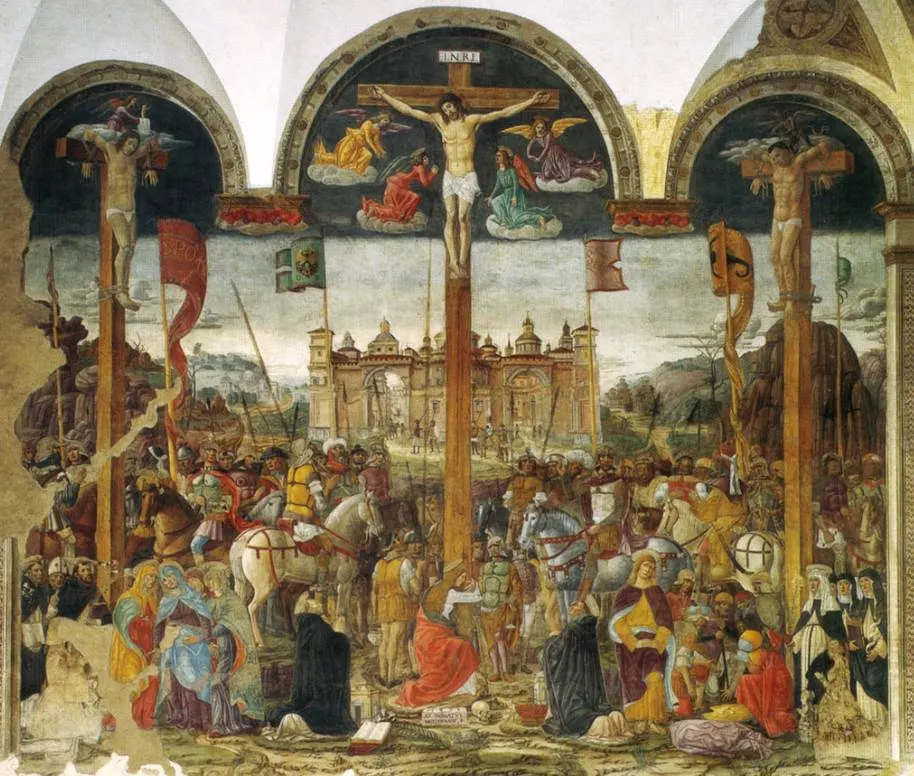
7. A painting by Titian was stolen from the church in the late 18th century
The two magnificent frescoes in the refectory aren’t the only two masterpieces that once decorated the church. The right side of the nave used to be home to a painting called “The Crowning with Thorns,” one of the masterpieces of one of the most famous Venetian painters in history, Tiziano Vecelli, better known as “Titian.”
This painting, however, was stolen by French troops in the year 1797 and is now on public display at the Louvre Museum in Paris.
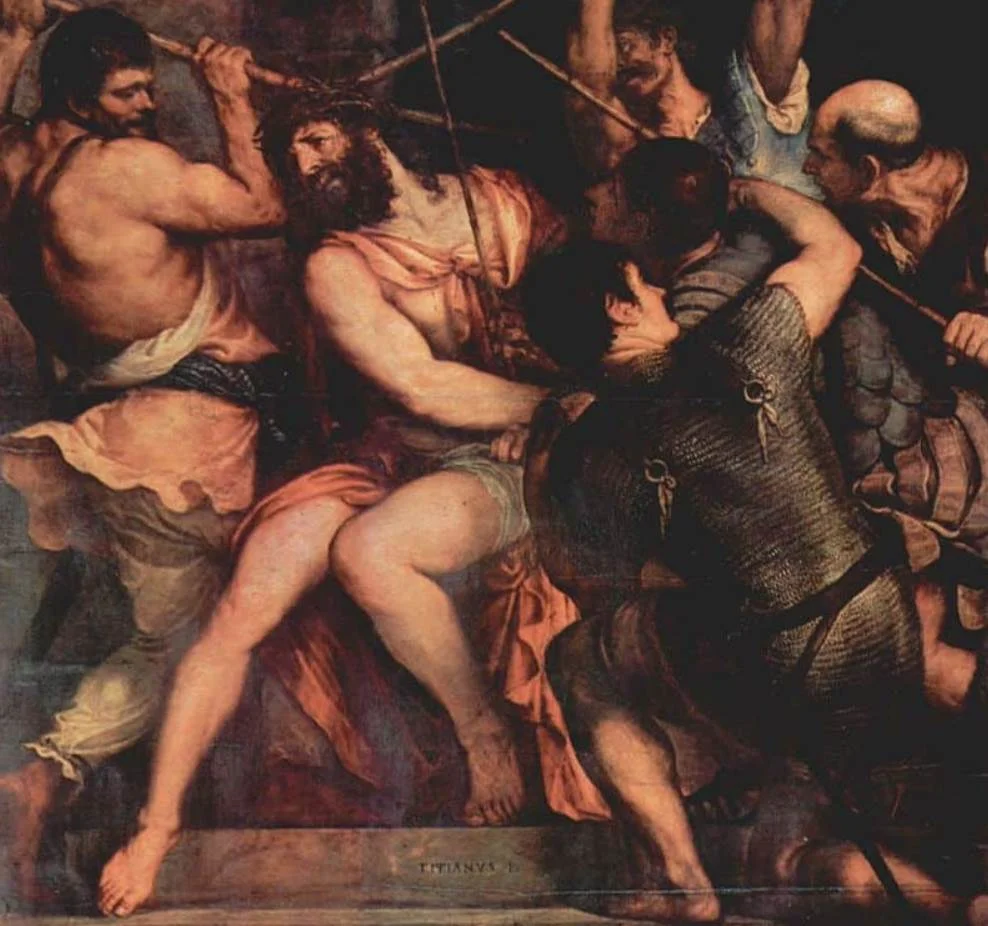
8. The church was badly damaged during World War II
The church was heavily bombed by allied forces during World War II on the night of August 15, 1943. This resulted in multiple walls collapsing in the refectory, but because the Last Supper painting was heavily protected with sandbags, it survived.
Shortly after, it was heavily restored to its former glory and it’s believed that it will remain in its current state for multiple centuries to come!
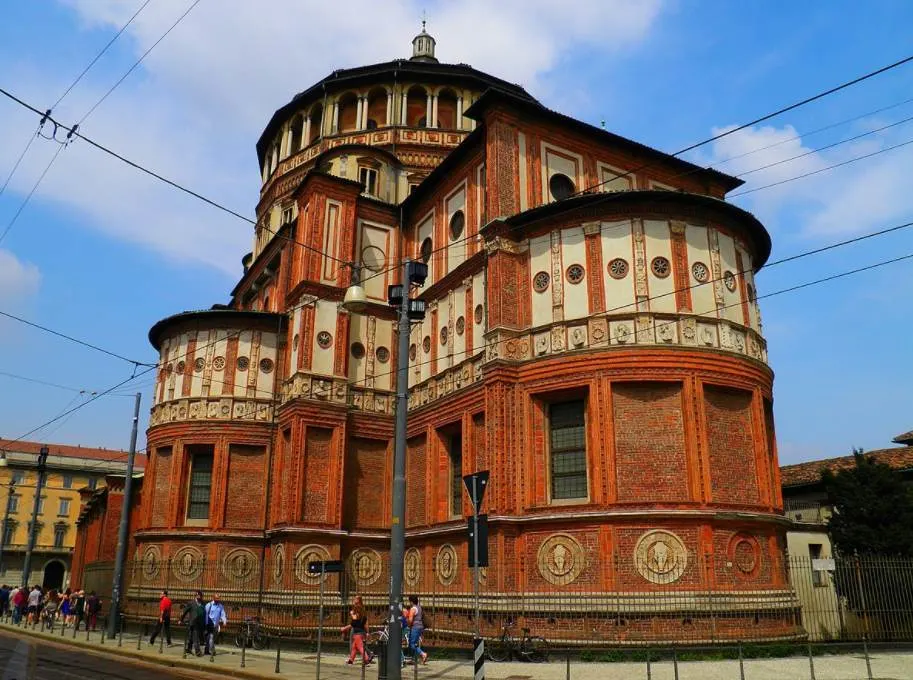
9. Bramante’s masterpiece is used as a cultural center today
Regardless of da Vinci’s masterpiece and several other famous frescoes that decorate the church, Bramante’s architectural genius remains equally fascinating. One of these features is the “Sacrestia Vecchia” or “Old Sacristy.“
This part of the church is used today as the seat of a Dominican Cultural Center called the “Centro Culturale Alle Grazie,” an organization that organizes various cultural activities in Milan.
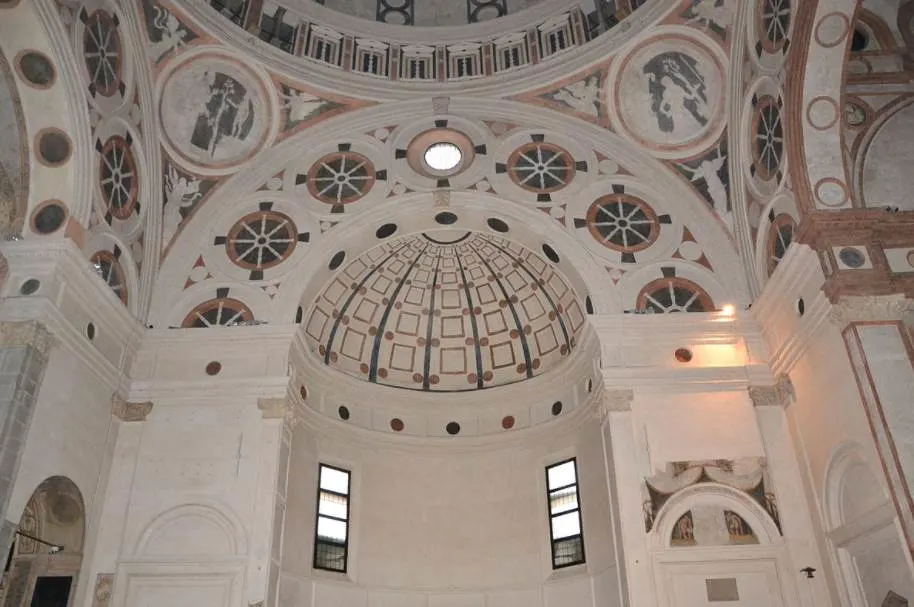
10. The church has been a UNESCO World Heritage Site since 1980
Because of Bramante’s architectural features and da Vinci’s famous fresco in the refectory, the church, convent, and all additional buildings have been designated as a UNESCO World Heritage Site since 1980.
The multiple facets of this fascinating landmark are also the main reason why it’s one of the most popular tourist attractions in the city of Milan!

